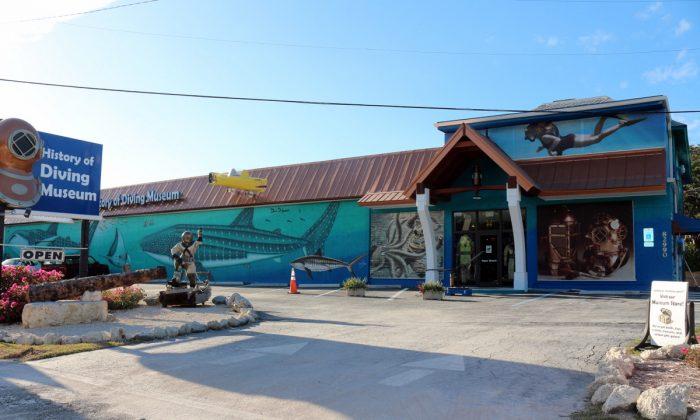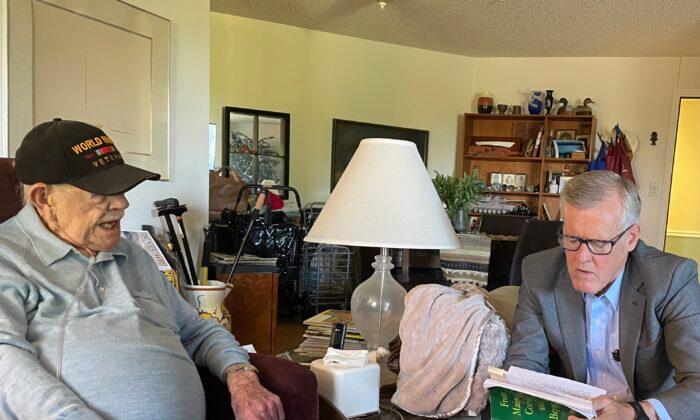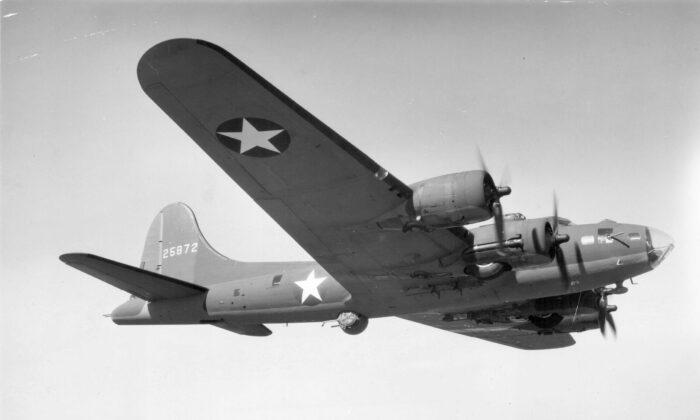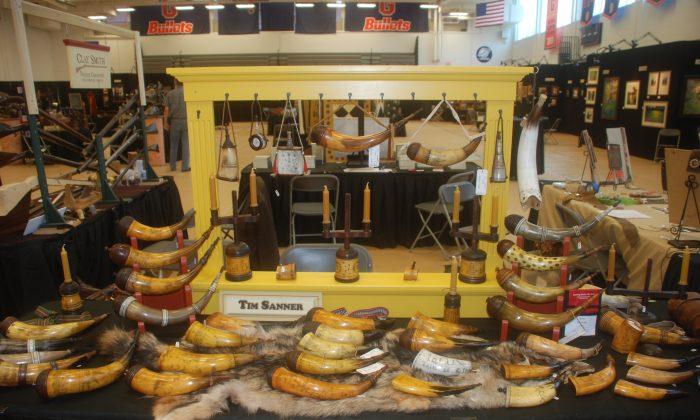The History of Diving Museum is located in a modern building at Mile Marker 83 on the Bayside of Highway US 1 in Islamorada, Florida. It is the creation and inspiration of two physicians, husband and wife, Dr. Joe and Sally Bauer. The entrance is alluring with hard hat diver suited up, antique helmeted mannequin and a beautiful mural decorating the building.
Once inside a well-stocked gift shop is prelude to a large door that simulates a ship’s hatch. Before entrance through the portal to the museum itself, a short film in a formal library describes the mission and collections in store for visitors.
“There are 2,500 books in our collection. They are all related to diving. The oldest book is 1535. As a non-profit organization we cannot assign value…” Angela Albanese, the museum’s Programming Coordinator, said. Clearly the book collection, housed on tall dark wood, glass-fronted shelves, is priceless. Members are allowed access to the library and can use the books for research and study. There are photographs, posters and artwork on the walls depicting diving.
The History of Diving Museum houses one of the largest collections of antique diving helmets in the world. They opened nine years ago and have had a steady stream of visitors, public lecture programs and projects ever since.
Once through the large ship’s hatch a wonder of discovery awaits. A treasure room is dedicated to the discoveries of fabled Florida Keys diver Art McKee. Art worked for the City of Homestead and began diving the Keys early on. His hard hat work led to his exploration of offshore shipwrecks and the founding of his own museum. Art McKee’s treasure museum was something of a fortress with a moat and tower. It is now a private school.
“This lime juicer is from the ‘Winchester.’ Art found it among the wreckage. It was thought that the crew suffered from scurvy, no it was yellow fever,” Angela explained.
Prominence is given to Jules Verne’s undersea fantasies. “There were two early films made from ‘Twenty Thousand Leagues Under the Sea.’ We have both versions, the 1916 Williamson Brother film showing on the screen here, and the 1954 Disney movie,” Angela explained.
We arrived at a special place in the museum where a bench was placed before a floor to ceiling glass fronted display. The narration, illustrated with spotlights that illuminate each helmet in turn and describe where it was made, is fascinating. The eye stops at one gleaming copper or brass helmet only to be drawn to another maintained in its original condition. Extraordinary inventions from another era that enabled human penetration of the undersea world.
“The narration was the last thing Dr. Joe Bauer did before he died from pancreatic cancer. There is a helmet here from every nation in the world that ever made one. Both Joe and Sally were medical doctors. Dr. Joe was a pioneer of keyhole gall bladder surgery,” Angela explained before pressing a button that started the narrative.
The parade of nations describes what Dr. Joe called monuments to man’s long-standing quest to explore the undersea. The short program highlights the antique helmet collection. Individual diving helmets are housed separately on the opposite wall. The earliest US diving helmet, a circa 1860 Civil War era helmet, is on display as is a Morse helmet marked number 1.
The US Navy’s fabled Mark V diving helmet is placed side-by-side with a fake reproduction. A placard describes how collectors can tell the difference between a fake and a real Mark V. All in the series of US Navy diving helmets are on display as are diver’s dress, pumps, weight belts, diver’s knives and lead boots. The museum is a discovery itself and can be visited quickly for an overview or over a long period for those interested in research and study.
There are deep diving suits of metal with articulated arms. Scuba diving apparatus and equipment and the first Scuba unit made by Commander Yves LePrieur when he was an officer in the French Navy are featured in this area. While others claimed credit for inventing Scuba, the LePrieur apparatus of a demand regulator attached to a small compressed air tank worn on the front, was the first from which every subsequent invention was designed or streamlined then made more convenient with the tank and regulator strapped on the back.
A LePrieur Scuba tank and demand regulator unit with its original stenciling is on display with a description in a case. This rare 1933 LePrieur unit, in excellent condition, is priceless as a hallmark of the French Navy pioneer’s genius and invention.
There are many wonders in the Florida Keys. Offshore the reefs beckon discovery. Spanish galleons wrecked upon submerged coral ledges and were thrown up on narrow spits of land. Treasure divers have for years sought sunken treasure. Natural parks have been created to protect and preserve the natural treasures beneath the ocean. Human access to these wonders was made possible by inventions of diving apparatus. No trip to the Keys is complete without a visit to the History of Diving Museum open 9 to 5 every day.
For more information contact the museum at 305-664-9737 or visit their website at www.divingmuseum.org. They are located at 82990 Overseas Highway (US 1), Islamorada, FL 33036 at Mile Marker 83.






Friends Read Free